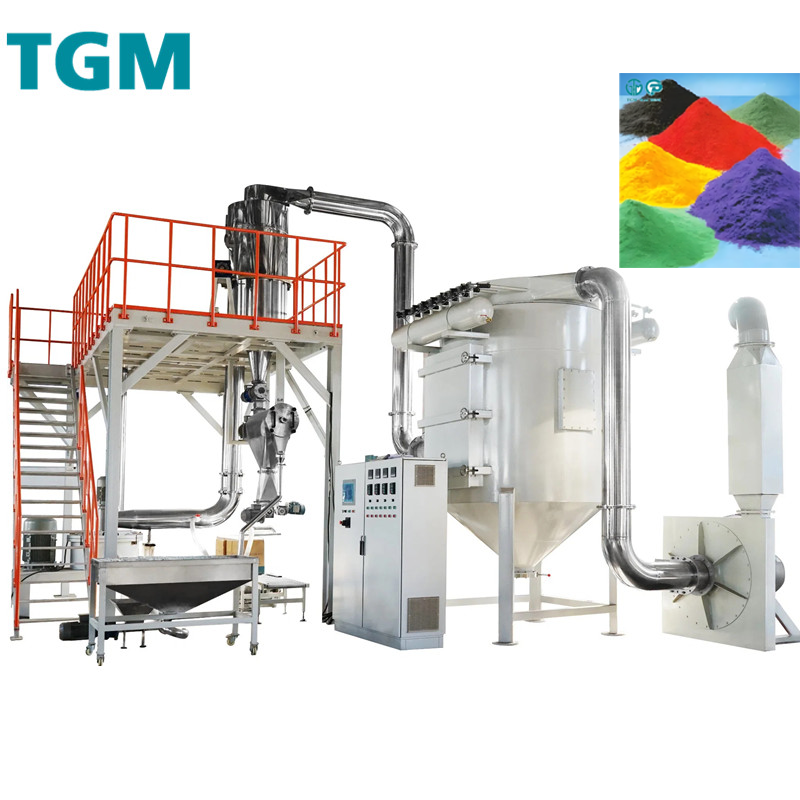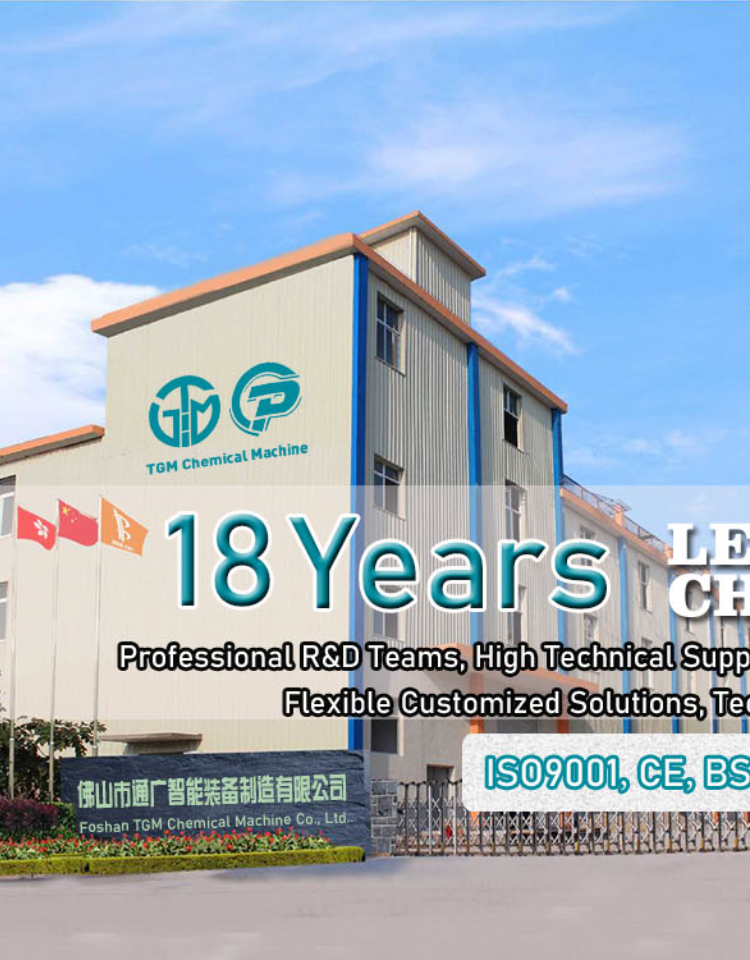Email cannot be empty
Password cannot be empty
Email format error
Email cannot be empty
Email already exists
6-20 characters(letters plus numbers only)
The password is inconsistent
Email format error
Email cannot be empty
Email does not exist
6-20 characters(letters plus numbers only)
The password is inconsistent


Not Just a Pretty Finish: Why Powder Coating is the Superhero of Surface Protection
Not Just a Pretty Finish: Why Powder Coating is the Superhero of Surface Protection
You’ve seen it everywhere—from the sleek frame of your new patio furniture to the rugged wheels on a lifted truck, and even on the internal components of your smartphone. That incredibly durable, perfectly even, and vibrant finish is likely powder coating.
But what exactly is it? Is it just fancy paint? The short answer is no. It’s a far superior finishing process that has revolutionized durability and aesthetics across countless industries. Let’s dive into the world of powder coating and discover why it might be the perfect solution for your next project.
What is Powder Coating, Really?
At its core, powder coating is a dry finishing process. Instead of using a liquid paint suspended in a solvent (which releases volatile organic compounds, or VOCs, into the air), it uses a finely ground mixture of pigment and resin.
Here’s the simple magic trick:
-
The Powder: The dry powder is electrostatically charged as it’s sprayed from a special gun.
-
The Attraction: The charged powder particles are attracted to a grounded metal object (like a bicycle frame or a car part), clinging to it almost like a magnet.
-
The Transformation: The coated object is then transferred to a curing oven. The heat causes the powder to melt, flow, and chemically cross-link to form a smooth, solid, and incredibly resilient skin over the surface.
The result isn’t just a layer of paint; it’s a new surface entirely.
Powder Coating vs. Traditional Paint: A Knockout Battle
Why has powder coating become the go-to for engineers and designers? Let’s compare it to traditional liquid paint.
| Feature | Powder Coating | Traditional Paint |
|---|---|---|
| Durability | Extremely high. Resistant to chipping, scratching, fading, and corrosion. | Softer, more prone to damage from impact and UV rays. |
| Finish | Consistent, even coat, even on edges and complex shapes. No runs or drips. | Can sag, run, or create an uneven texture. |
| Environment | Virtually zero VOCs. No harmful solvents, making it safer for people and the planet. | High in VOCs, requiring special handling and ventilation. |
| Efficiency | Nearly 100% material usage. Overspray can be collected and reused. | Significant overspray is wasted, and clean-up requires solvents. |
| Cost | Higher upfront cost for equipment, but lower long-term cost due to durability and efficiency. | Lower initial cost, but higher long-term cost from maintenance and repainting. |
As you can see, powder coating wins on almost every objective measure of performance and environmental impact.
The Powder Coating Process: From Dull to Durable in 5 Steps
Getting a perfect powder coat is a meticulous process. Here’s what happens at a professional shop:
-
Preparation (The Most Important Step!): This is non-negotiable. The surface must be impeccably clean and free of oil, dirt, rust, and old paint. This is typically done through a multi-stage process involving chemical pre-treatment, abrasive blasting (like sandblasting), and phosphating. A failure here means a failure in the final finish.
-
Application: The part is hung on a conveyor. Using the electrostatic spray gun, a technician applies the dry powder, ensuring complete coverage. The electrostatic charge ensures it sticks ready for the oven.
-
Curing: The part is baked in a curing oven at a specific temperature (usually around 400°F / 200°C) for a precise amount of time (typically 10-20 minutes). This is where the magic happens—the powder melts, flows, and cures into its final form.
-
Cooling & Inspection: After curing, the part is left to cool. Once it’s cool to the touch, it’s inspected for a flawless, hardened finish.
So, What Can You Powder Coat?
The short answer: almost any metal. It’s the standard for:
-
Automotive & Motorcycle Parts: Wheels, frames, engine blocks, and accessories.
-
Architectural & Building Products: Window frames, fencing, railings, and light poles.
-
Appliances: Refrigerators, washer tops, and dryer drums (that famously white finish is often powder!).
-
Outdoor Equipment: Patio furniture, grills, and playground equipment.
-
DIY Projects: Bicycle frames, workshop tools, vintage car parts, and custom metal art.
While it’s primarily for metals, new technologies are allowing certain plastics and MDF (medium-density fibreboard) to be powder coated as well, expanding its possibilities even further.
Is Powder Coating Right for Your Project?
Absolutely, if you:
-
Value longevity and want a finish that will last for decades, not years.
-
Need extreme resistance to weather, chemicals, or physical impact.
-
Want a thick, consistent finish with a huge range of colors and textures (metallics, gloss, matte, wrinkle, etc.).
-
Are environmentally conscious and want to choose a "green" finishing option.
It might be overkill for a small, indoor, decorative item that won’t see any wear and tear, where a simple rattle-can paint job would suffice.
The Bottom Line
Powder coating is more than just a paint job; it’s an investment in protection and quality. It combines superior performance with environmental responsibility, creating a finish that is as tough as it is beautiful. Whether you’re restoring a classic car, building a custom bike, or just want your garden gate to look great for the next 20 years, powder coating is the undisputed champion of industrial finishes.
Thinking about getting something powder coated? Your best bet is to find a reputable local coater. Talk to them about your project—they can advise on preparation, color selection, and the all-important cost.

